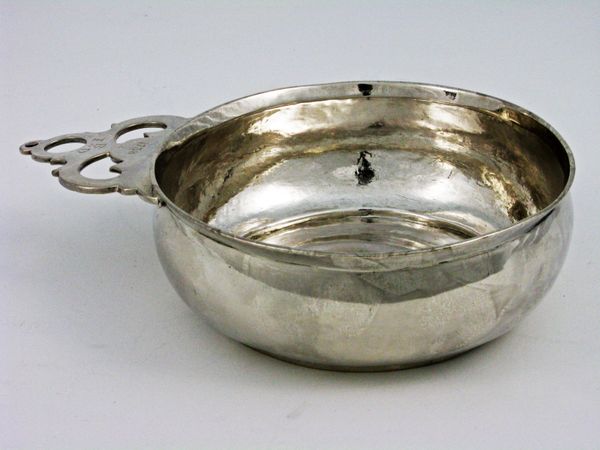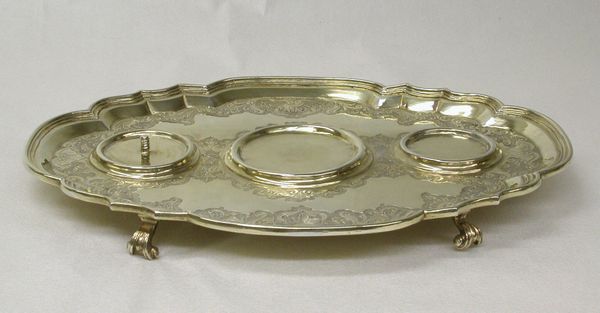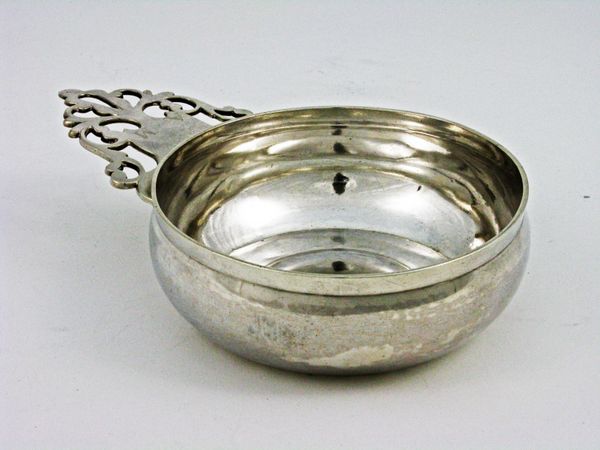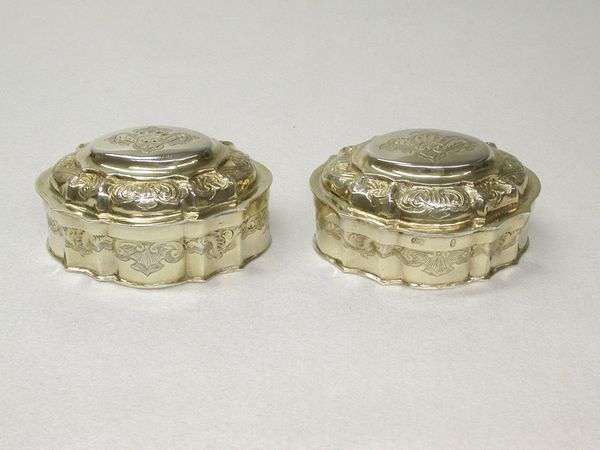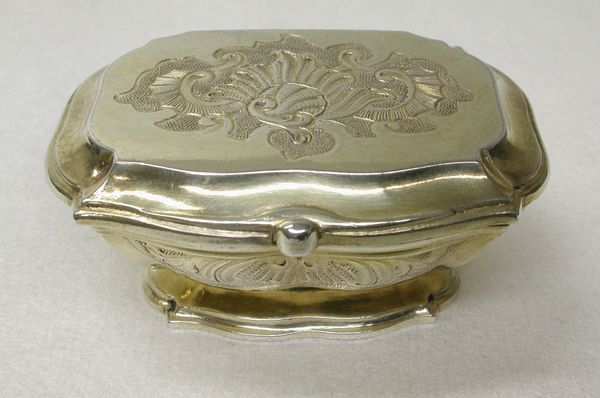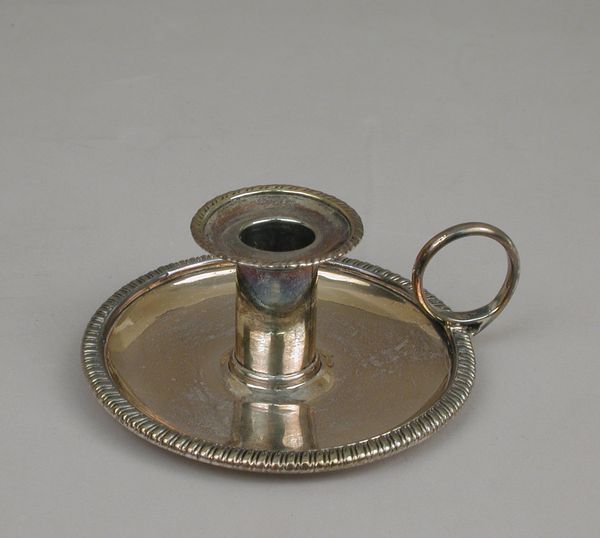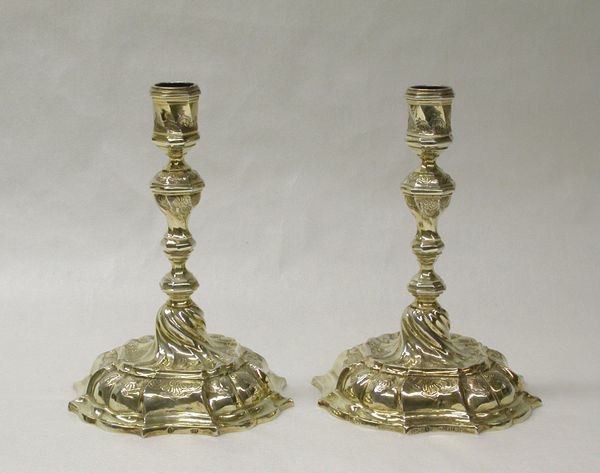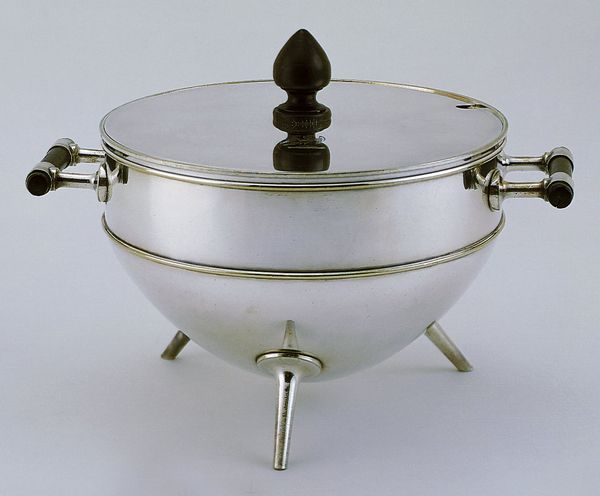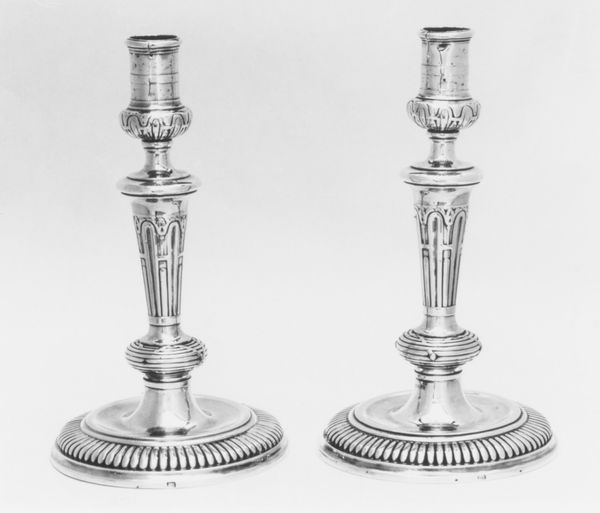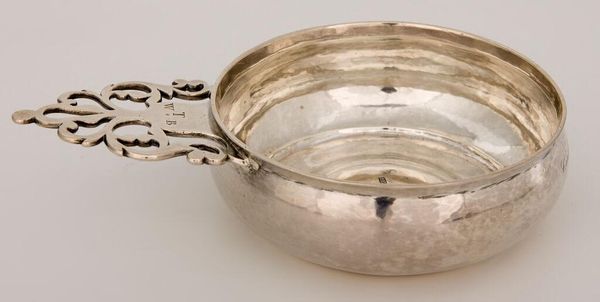
Dimensions: 1 3/8 x 2 3/4 in. (3.5 x 7 cm); 2 oz. 11 dwt. (79 g)
Copyright: Public Domain
These diminutive salt cellars were crafted by Thomas Shields, a Philadelphia silversmith, in the late 18th century. Hammered from sterling silver, their surfaces have been meticulously shaped and chased with delicate details. The reflective sheen of the silver is of course visually pleasing. Yet it also speaks to the intensive labor involved in their making. Shields would have started with raw silver ingots, likely sourced through mercantile networks tied to the slave trade. The metal would then be repeatedly heated, hammered, and polished. These actions require not only skilled hands, but also an ample supply of fuel, tools, and a well-equipped workshop. Even an object as small as this reflects a significant investment of resources. The cellars' precious material also underscores salt’s historical importance. Once a valuable commodity, necessary for preserving food, salt was a marker of wealth and status. Vessels like these, therefore, were not merely functional objects but also symbols of social distinction. Seeing them, we can appreciate how even the simplest functional forms can have complex histories.
Comments
No comments
Be the first to comment and join the conversation on the ultimate creative platform.
